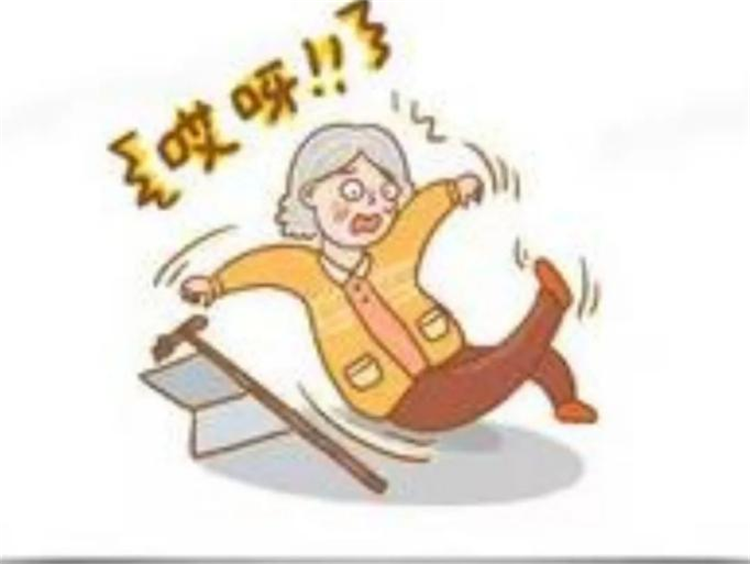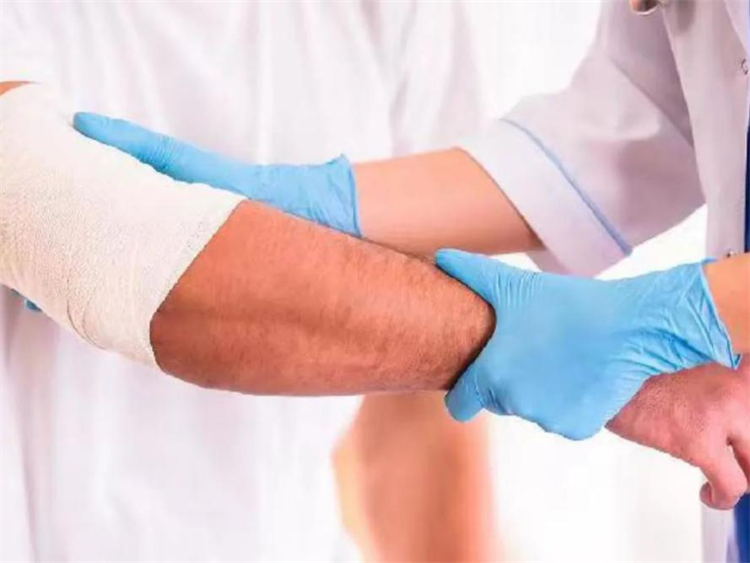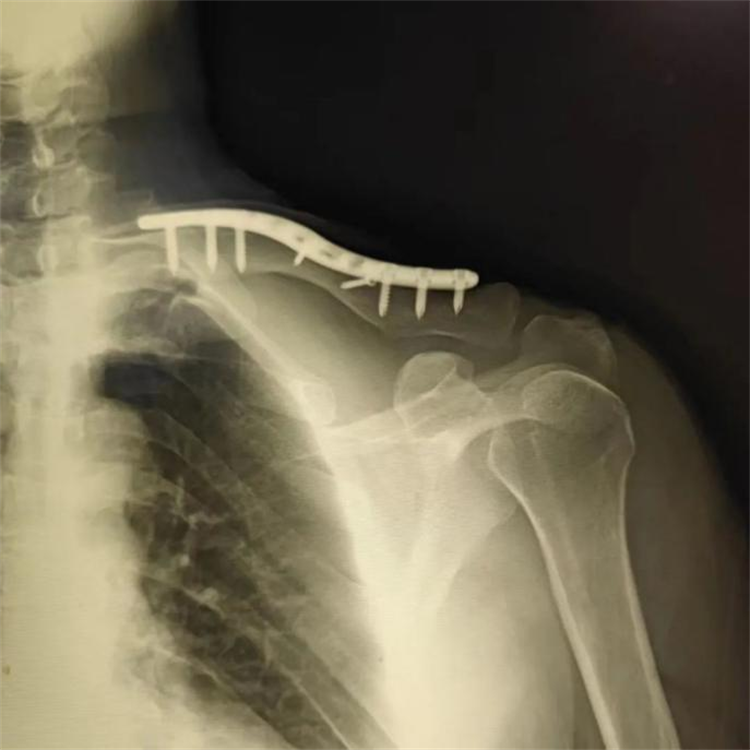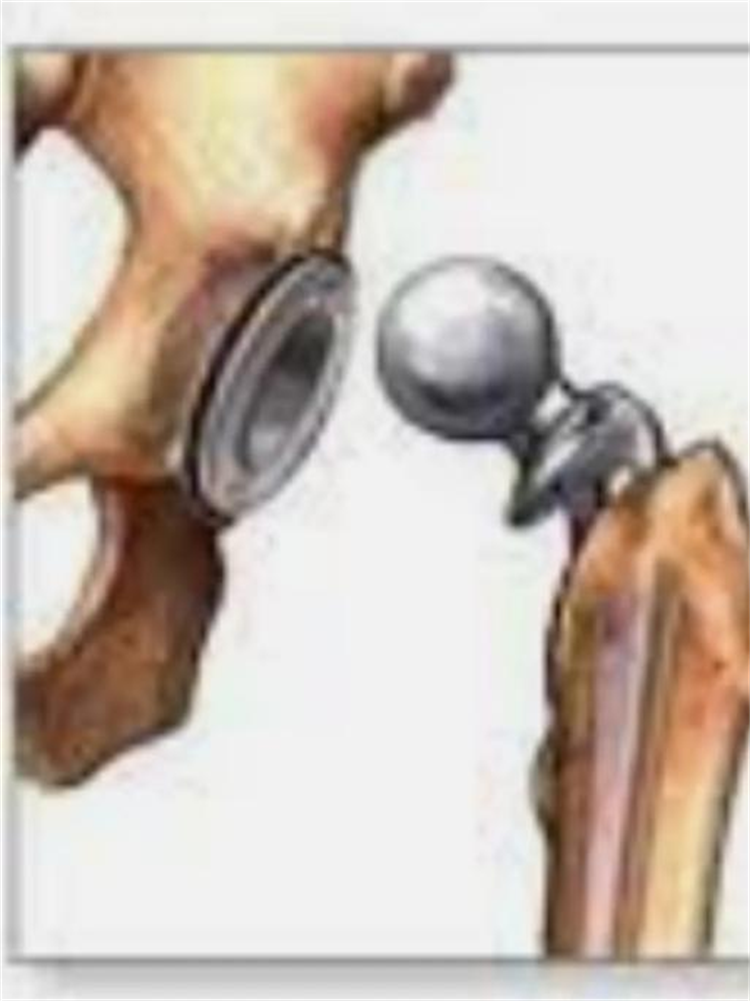У апошнія гады частата пераломаў расце, што сур'ёзна ўплывае на жыццё і працу пацыентаў. Таму неабходна загадзя даведацца пра метады прафілактыкі пераломаў.
Узнікненне пералому костак

Знешнія фактары:Пераломы ў асноўным выклікаюцца знешнімі фактарамі, такімі як аўтамабільныя аварыі, інтэнсіўная фізічная актыўнасць або ўдары. Аднак гэтых знешніх фактараў можна пазбегнуць, калі быць асцярожнымі падчас кіравання аўтамабілем, займацца спортам або іншымі фізічнымі нагрузкамі, а таксама прымаць меры засцярогі.
Фактары, якія ўплываюць на лекі:Розныя захворванні патрабуюць прыёму лекаў, асабліва для пажылых пацыентаў, якія часта ўжываюць наркотыкі. Пазбягайце ўжывання прэпаратаў, якія змяшчаюць стэроіды, такіх як дэксаметазон і преднізон, якія могуць выклікаць астэапароз. Замяшчальная тэрапія гармонамі шчытападобнай залозы пасля аперацыі на вузлах шчытападобнай залозы, асабліва ў высокіх дозах, таксама можа прывесці да астэапарозу. Пры гепатыце або іншых вірусных захворваннях можа спатрэбіцца працяглы прыём супрацьвірусных прэпаратаў, такіх як адэфавір дыпівоксіл. Пасля аперацыі на раку малочнай залозы працяглы прыём інгібітараў араматазы або іншых гармонападобных рэчываў можа выклікаць страту касцяной масы. Інгібітары пратоннай помпы, супрацьдыябетычныя прэпараты, такія як тыязалдындыённыя прэпараты, і нават супрацьэпілептычныя прэпараты, такія як фенабарбітал і фенітоін, таксама могуць прывесці да астэапарозу.


Лячэнне пераломаў

Кансерватыўныя метады лячэння пераломаў у асноўным ўключаюць наступнае:
Па-першае, ручное скарачэнне,які выкарыстоўвае такія метады, як выцяжэнне, маніпуляцыя, ратацыя, масаж і г.д., для аднаўлення зрушаных фрагментаў пералому ў іх нармальнае анатомічнае становішча або прыблізнае анатомічнае становішча.
Па-другое,фіксацыя, што звычайна прадугледжвае выкарыстанне невялікіх шын, гіпсавых павязак,артапедычныя вырабы, выцяжэнне скуры або выцяжэнне косткі для падтрымання становішча пералому пасля рэпазіцыі, пакуль ён не загоіцца.
Па-трэцяе, медыкаментозная тэрапія,пры якім звычайна выкарыстоўваюцца лекі для паляпшэння кровазвароту, зняцця ацёку і болю, а таксама для садзейнічання ўтварэнню і гаенню мазоляў. Для палягчэння аднаўлення функцыі канечнасцяў могуць выкарыстоўвацца лекі, якія танізуюць печань і ныркі, умацоўваюць косці і сухажыллі, сілкуюць цы і кроў або паляпшаюць кровазварот мерыдыянаў.
Па-чацвёртае, функцыянальныя практыкаванні,які ўключае ў сябе самастойныя або дапаможныя практыкаванні для аднаўлення дыяпазону рухаў суставаў, сілы цягліц і прафілактыкі атрафіі цягліц і астэапарозу, спрыяючы як гаенню пераломаў, так і функцыянальнаму аднаўленню.
Хірургічнае лячэнне
Хірургічнае лячэнне пераломаў у асноўным уключаеунутраная фіксацыя, знешняя фіксацыяізамена сустава пры спецыяльных тыпах пераломаў.
Знешняя фіксацыяПадыходзіць для адкрытых і прамежкавых пераломаў і звычайна прадугледжвае нашэнне выцяжэння або абутку, які прадухіляе знешнюю ратацыю, на працягу 8-12 тыдняў, каб прадухіліць знешнюю ратацыю і прывядзенне пашкоджанай канечнасці. Гаенне займае каля 3-4 месяцаў, і частата незарастання або некрозу галоўкі сцегнавой косткі вельмі нізкая. Аднак на ранняй стадыі пералому існуе верагоднасць зрушэння, таму некаторыя рэкамендуюць выкарыстоўваць унутраную фіксацыю. Што тычыцца знешняй фіксацыі з дапамогай гіпсу, то яна выкарыстоўваецца рэдка і абмяжоўваецца толькі маленькімі дзецьмі.
Унутраная фіксацыя:У цяперашні час у бальніцах з такімі захворваннямі выкарыстоўваецца закрытая рэпазіцыя і ўнутраная фіксацыя пад кіраўніцтвам рэнтгенаўскіх апаратаў або адкрытая рэпазіцыя і ўнутраная фіксацыя. Перад аперацыяй па ўнутранай фіксацыі праводзіцца ручная рэпазіцыя, каб пацвердзіць анатамічную рэпазіцыю пералому перад пачаткам аперацыі.
Астэатамія:Астэатамія можа быць выканана пры цяжказагойных або старых пераломах, такіх як міжвертэбральная астэатамія або падвертэбральная астэатамія. Астэатамія мае перавагі лёгкасці хірургічнага ўмяшання, меншага скарачэння пашкоджанай канечнасці і спрыяе гаенню пералому і функцыянальнаму аднаўленню.
Аперацыя па замене сустава:Гэта падыходзіць для пажылых пацыентаў з пераломамі шыйкі сцегнавой косткі. Пры незарастанні або аваскулярным некрозе галоўкі сцегнавой косткі пры старых пераломах шыйкі сцегнавой косткі, калі паражэнне абмежавана галоўкай або шыйкай, можа быць праведзена аперацыя па замене галоўкі сцегнавой косткі. Калі паражэнне пашкодзіла вертлужную западзіну, патрабуецца поўная аперацыя па замене тазасцегнавага сустава.


Час публікацыі: 16 сакавіка 2023 г.










